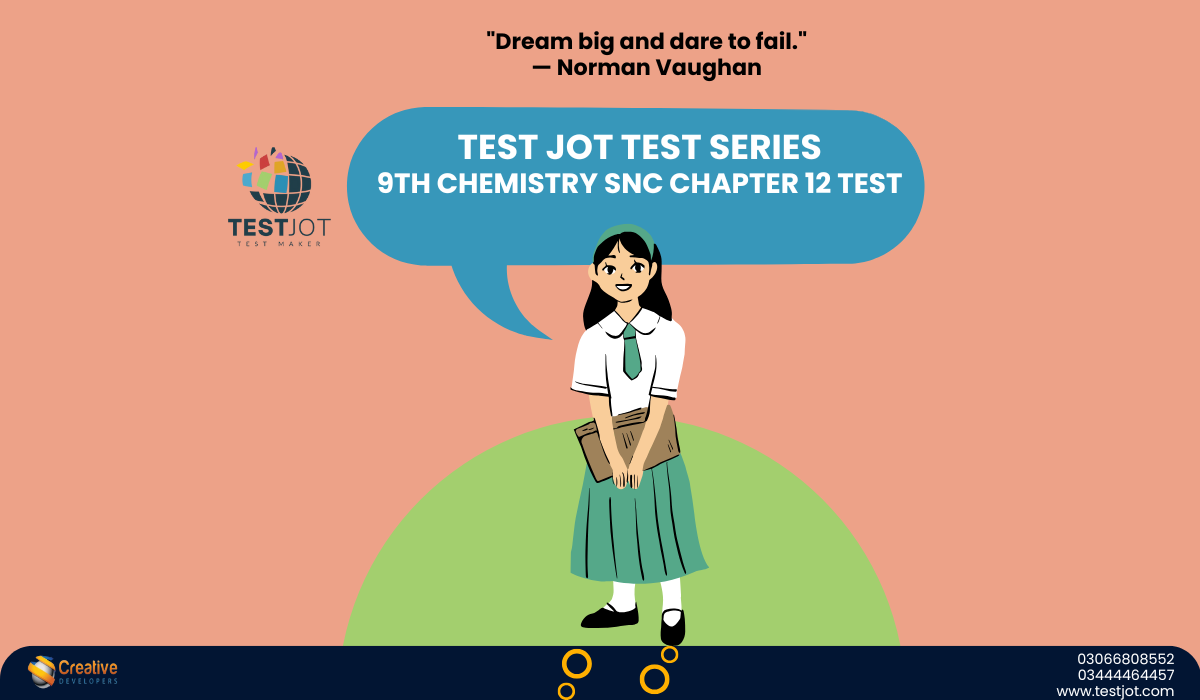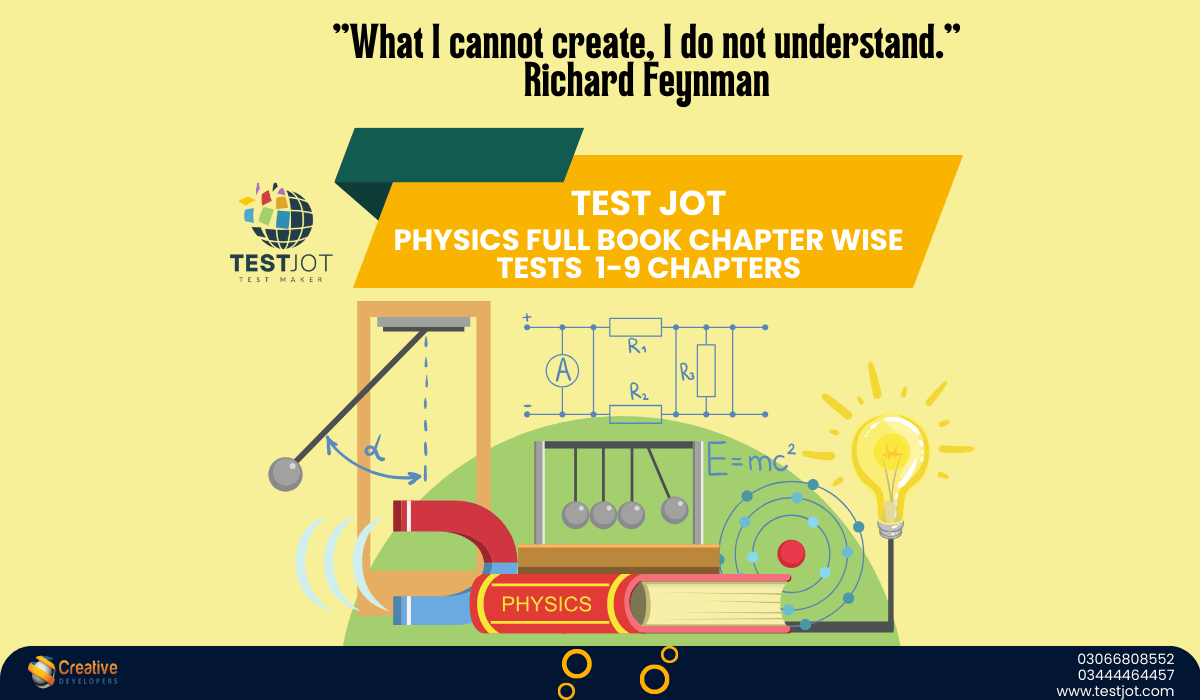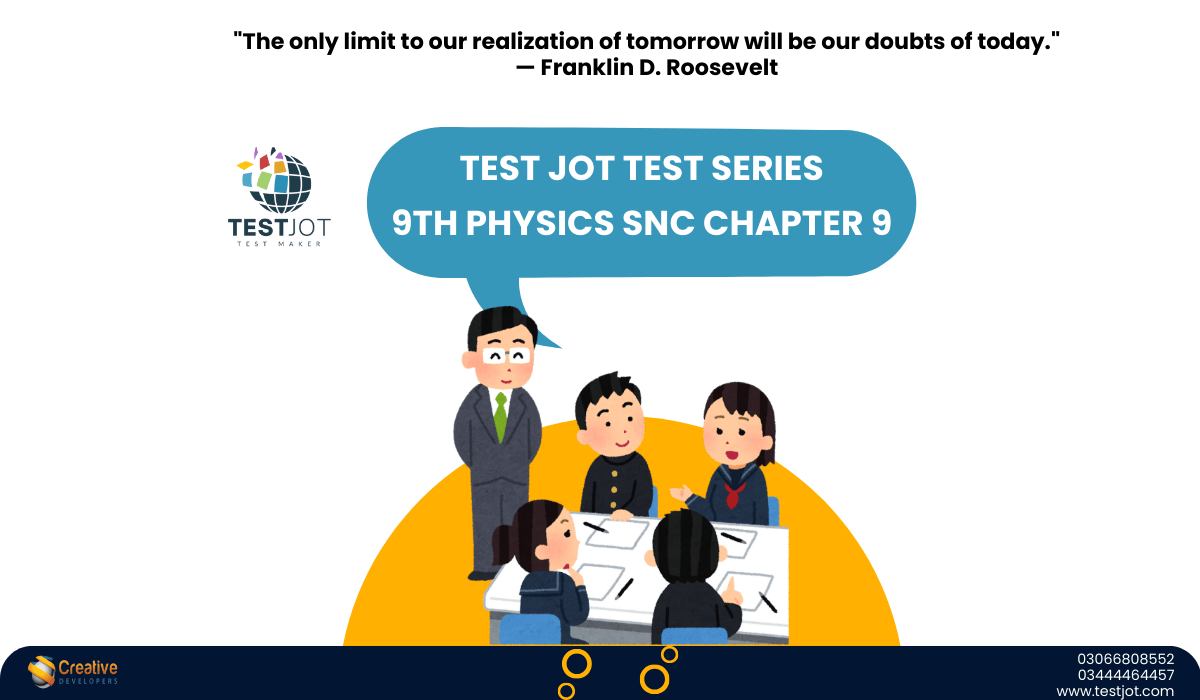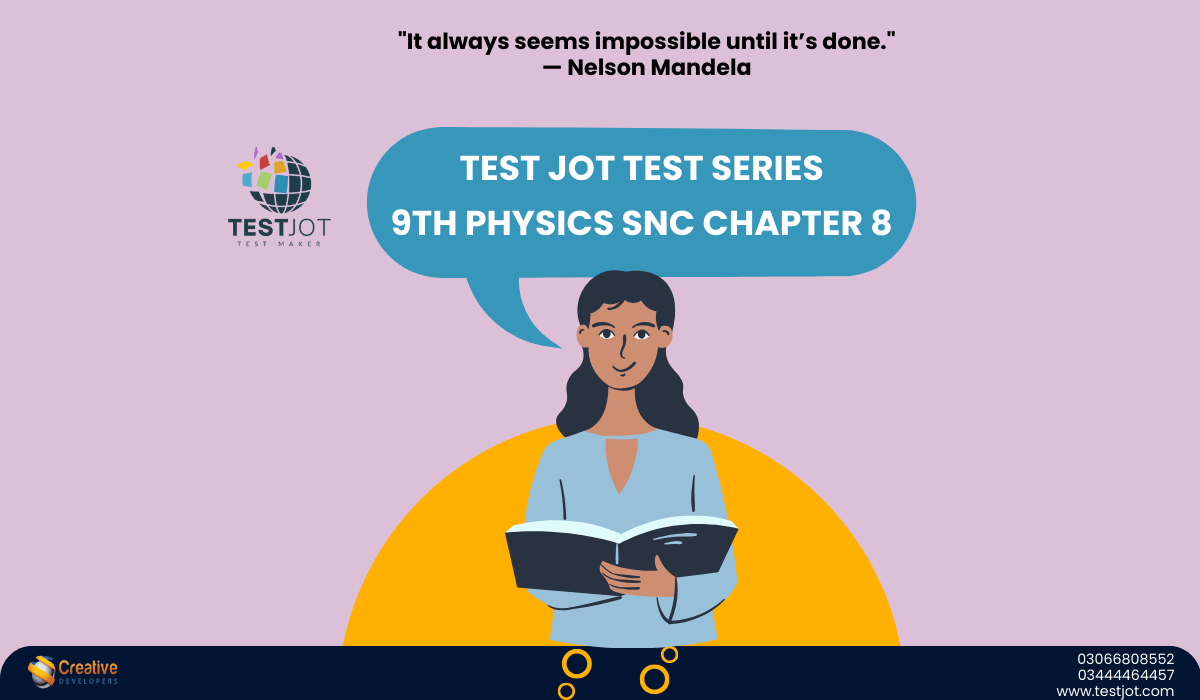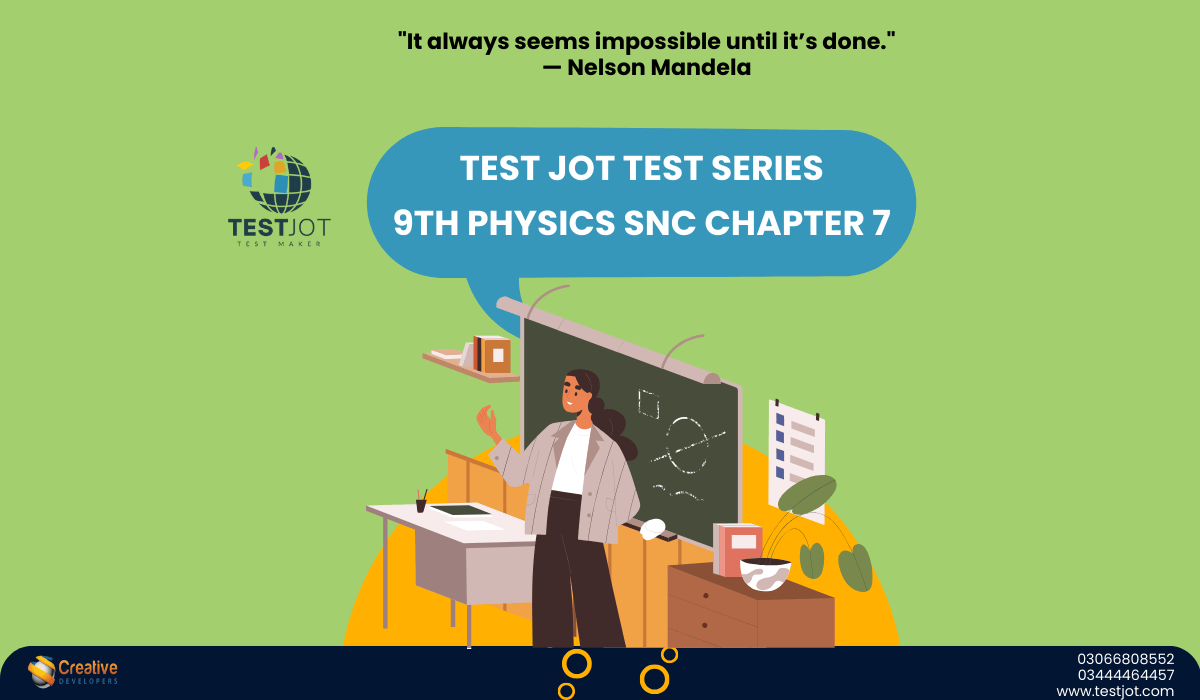Mastering Chapter 12: The Art of Reliable Measurements in Chemistry
Ever wondered how scientists ensure their experiments yield trustworthy results every time? Chapter 12 of your Punjab Curriculum chemistry textbook, “Empirical Data Collection and Analysis,” unlocks the secrets behind accurate measurements and error-free experiments. Let’s explore how SI units, precision, and accuracy form the backbone of scientific discovery!
1. SI Units in Chemistry: The Universal Rulebook
Imagine baking a cake without measuring cups—chaos, right? Similarly, chemistry relies on SI units to maintain consistency worldwide. These standardized units ensure a lab in Lahore and a research center in London follow the same rules. Key SI units include:
- Meter (m): Measures length (e.g., the width of a test tube).
- Kilogram (kg): Measures mass (crucial for weighing reactants).
- Second (s): Tracks reaction time.
Fun Fact: NASA uses SI units for space missions to avoid costly errors. A mix-up between miles and kilometers once caused a $125 million Mars orbiter to crash!
2. Tools & Techniques: Your Lab Survival Kit
Accurate data isn’t luck—it’s strategy! Scientists use tools and techniques like:
- Calibrated Instruments: Regularly adjusting scales or thermometers to eliminate errors.
- Control Charts: Monitoring experiments for unexpected variations.
- Repeated Trials: Conducting experiments multiple times to average out random errors.
For example, using a burette instead of a beaker ensures precise liquid measurements during titrations.
3. Accuracy vs. Precision: The Twin Pillars of Reliability
- Accuracy: How close your result is to the true value (e.g., correctly measuring 5g of salt).
- Precision: How consistent your results are, even if they’re slightly off (e.g., getting 4.9g, 4.8g, and 4.9g repeatedly).
Errors Explained:
- Systematic Errors: Consistent mistakes (like a mislabeled thermometer). Fix by recalibrating tools.
- Random Errors: Unpredictable fluctuations (e.g., air currents affecting a balance). Fix by repeating experiments.
Why Does This Matter in Real Life?
- Medicine: A 1mg error in drug dosage can harm patients.
- Environment: Accurate CO₂ measurements track climate change.
- Cooking: Ever ruined a recipe by misreading teaspoons vs. tablespoons? Precision matters!
Pro Tip: Struggling with SI prefixes like milli- (10−310−3) or kilo- (103103)? Create a cheat sheet and stick it on your study desk!
Ready to Test Your Skills?
Download our FREE Chapter 12 PDF Test to practice MCQs, short answers, and real-world problem-solving. Perfect for acing exams!
This blog breaks down complex measurement concepts into bite-sized lessons, aligning with the Punjab Curriculum. With SEO-friendly keywords and a student-friendly tone. Remember: Great science starts with precise measurements! 🔬📏


